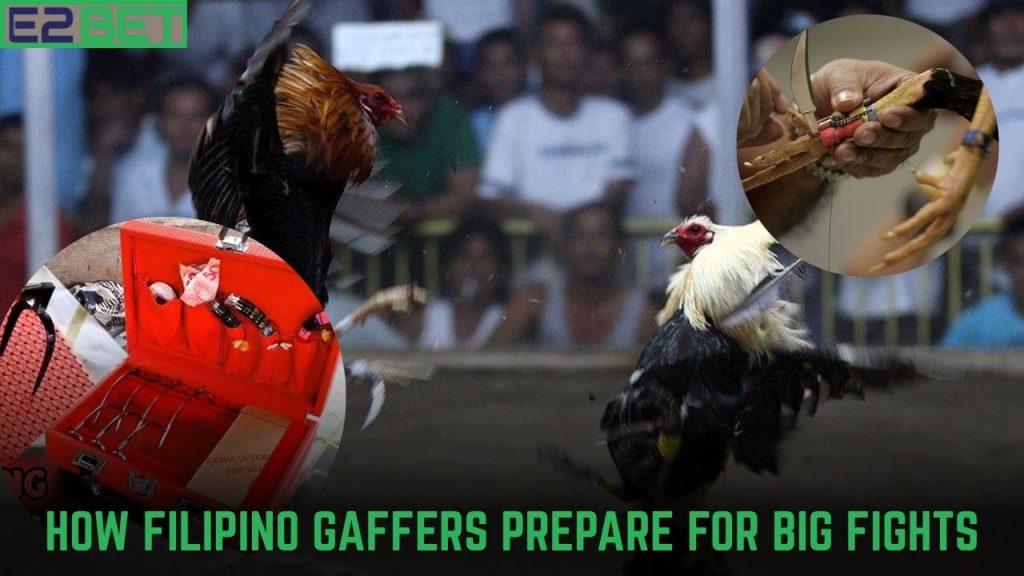In the heart of every prestigious sabong derby in the Philippines, whether it’s the World Slasher Cup or Bakbakan, there stands a quiet yet powerful figure behind the scenes: the Taga-Tari, or Filipino gaffer. While breeders raise the birds and handlers condition them for war, it’s the gaffer who ensures that every strike counts. The responsibility is immense—one slip in the blade’s angle or one flawed wrap could turn victory into defeat. Here’s a deeper look into how Filipino gaffers prepare for big fights, focusing on the craft, precision, and dedication they bring to the ring.
Table of Contents
1. The Preparation Begins Weeks Ahead
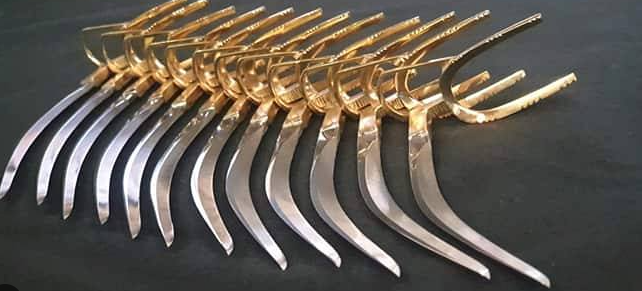
For top-level gaffers, the process begins long before fight day. They are often consulted early on in a derby plan, especially if large amounts of money or prestige are at stake. Taga-Tari evaluate the style of each bird they will gaff: Is it a slasher or a jumper? Does it kick wide or narrow? Knowing these tendencies is essential to selecting the right type of tari blade—its length, curve, and thickness. This step is critical in how Filipino gaffers prepare for big fights.
They also begin sharpening their preferred blades by hand, often using traditional tools passed down through generations. The sound of steel against stone is a ritual in itself, a meditation on the art of readiness. Some even test blades by slicing horsehair or tissue to gauge sharpness. Every edge must be surgically precise.
2. Studying the Bird: Physical and Behavioral Assessment
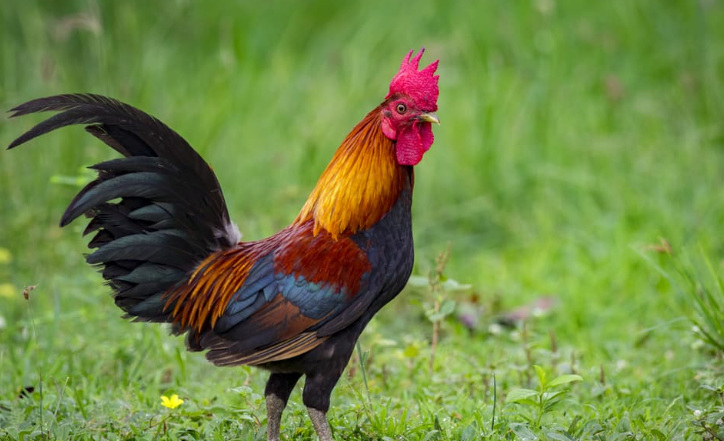
A great gaffer doesn’t just wrap a tari to a leg—he studies the bird’s physiology like a scientist. Taga-Tari assess the leg angle, spur placement, muscle tone, and balance. They must determine the dominant leg and ensure the bird’s stance and gait will work in harmony with the blade. This detailed analysis is essential in how Filipino gaffers prepare for big fights.
Observing sparring matches is common. During these sessions, the Taga-Tari will note kick timing, trajectory, and reaction time. This helps them anticipate how the bird will behave in a real fight and adjust their gaffing style accordingly. It’s not uncommon for a gaffer to recommend removing a bird from a lineup if it shows hesitation or imbalance.
3. The Sacred Toolkit: Tools of the Trade
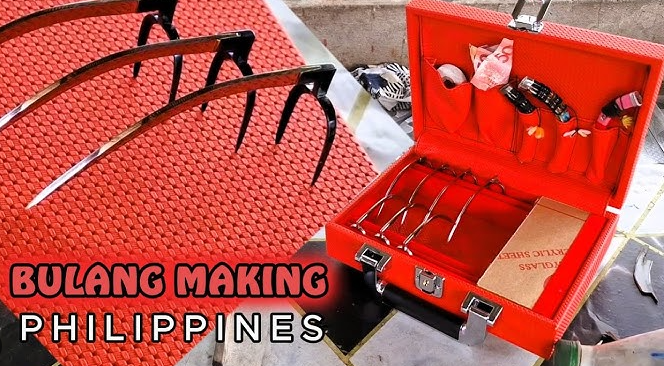
Professional gaffers carry specialized kits—an arsenal of tools curated over the years. These often include:
- Tari blades of different styles and sizes
- Waxed nylon threads for a snug, secure wrap
- Blade sheaths and clamps for safety and alignment
- Sterilizers and alcohol for hygiene
- Magnifying glasses or laser levels to perfect blade tilt
- Scissors, surgical tape, and thread burners
In high-stakes derbies, these tools are guarded with near-religious reverence. Some gaffers even engrave or customize their tools as a signature of craftsmanship. The toolkit is a vital component in how Filipino gaffers prepare for big fights.
4. Rituals and Mental Readiness
The act of gaffing is often spiritual. Taga-Tari will enter a state of intense concentration before wrapping the blade. In some provinces, they recite quiet prayers or wear charms for good luck. The actual blade wrapping must be done in one continuous, fluid motion. Any hesitation or interruption could lead to uneven pressure or an insecure tie. These rituals highlight the emotional and spiritual elements of how Filipino gaffers prepare for big fights.
Once the blade is attached, it is triple-checked for symmetry, strength, and regulation compliance. The angle is scrutinized with an artist’s eye—too high and it might miss, too low and it might wound ineffectively.
5. On Fight Day: Focus Under Fire
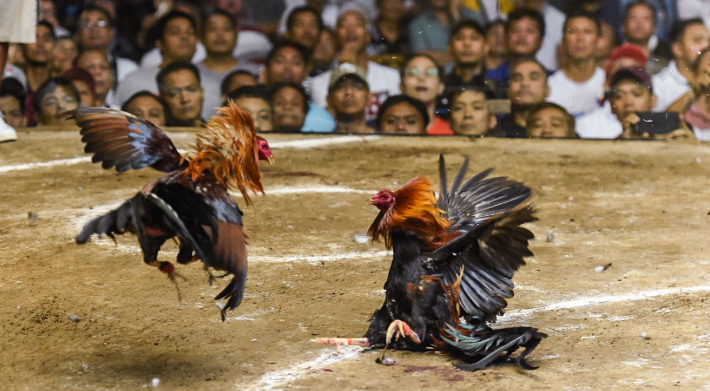
A derby day can stretch over 12 hours, and the Taga-Tari must maintain poise under extreme pressure. Often working under bright lights and surrounded by spectators, bettors, and team owners, they need to stay sharp. Many bring multiple sets of blades and materials in case of last-minute changes. This ability to stay composed is central to how Filipino gaffers prepare for big fights.
The Taga-Tari must also respond quickly if a blade slips, needs rewrapping, or breaks during warm-up. In elite fights, every second counts. Their hands must be steady, their mind calm, and their execution flawless.
6. Honor, Hierarchy, and Legacy
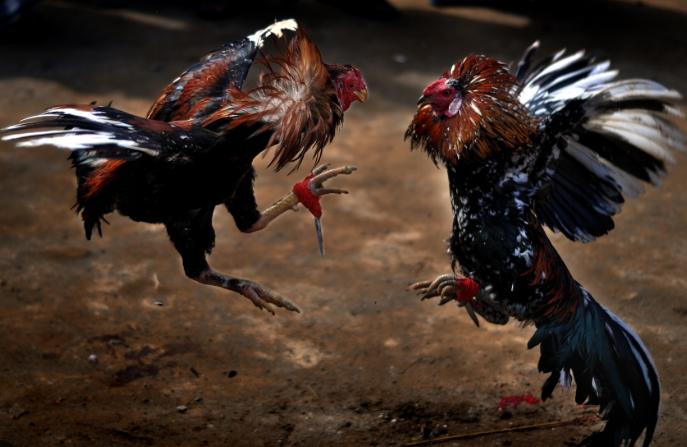
Being a respected Taga-Tari is about more than skill—it’s about trust, loyalty, and honor. Many of the best gaffers in the country are known by reputation alone. They’re flown across islands, paid premium fees, and requested by name. Their legacy is not just in the fights won, but in the birds they’ve gaffed and the champions they’ve helped create. Their stature is built on how Filipino gaffers prepare for big fights with professionalism and respect.
Legends like Boy Halcon, Tata Peping, and Totoy Batangas are revered not just for their hands but for their ethics. A true Taga-Tari never cheats, never cuts corners, and never blames the bird.
Final Thoughts: The Guardian Behind the Blade
In the arena of sabong, the spotlight often shines on the bird or the breeder. But make no mistake: the Taga-Tari is the silent architect of victory. He is the guardian of tradition, the wielder of science and art, and the final line between preparation and performance. When a fight ends in a single strike, it is often the gaffer’s work—delicate, precise, and invisible—that made it possible. This legacy lives on in how Filipino gaffers prepare for big fights.
Read More:-
- How to Handle a Gamefowl After a Fight: Full Recovery Guide
- Cockfighting in the Philippines: Inside a Billion-Dollar Tradition of Blood, Belief, and Business
Frequently asked questions (FAQ)
❓1. What is a Taga-Tari, and why are they important in sabong?
A Taga-Tari is a Filipino gaffer responsible for attaching the blade (tari) to the gamefowl’s leg. Their precision and blade placement can determine the outcome of a fight, making them essential to a rooster’s success.
❓2. How do Filipino gaffers prepare for big fights?
They begin preparations weeks in advance—studying the bird’s stance, customizing blades, sharpening by hand, practicing wraps, and ensuring mental focus for fight day. Every detail matters in how Filipino gaffers prepare for big fights.
❓3. Do gaffers use any special tools or rituals?
Yes, elite Taga-Tari carry custom kits with blades, clamps, threads, sterilizers, and more. Many also perform rituals or prayers for focus and luck before attaching the blade.
